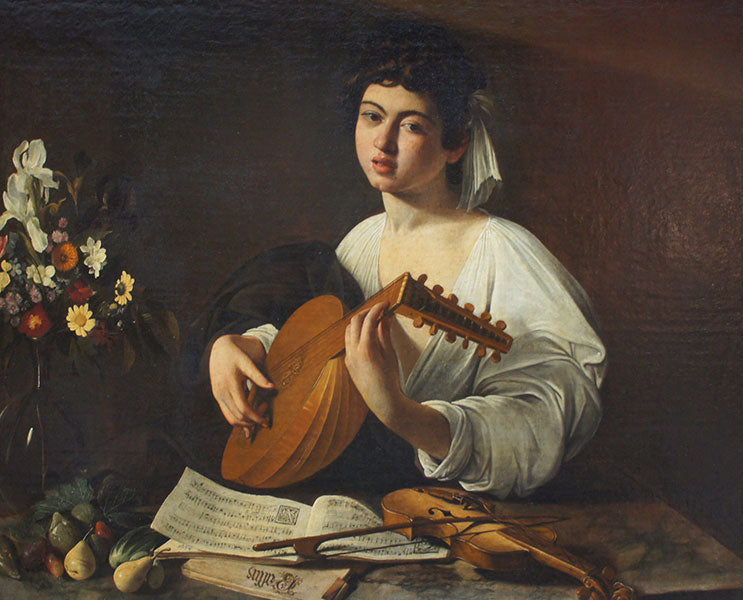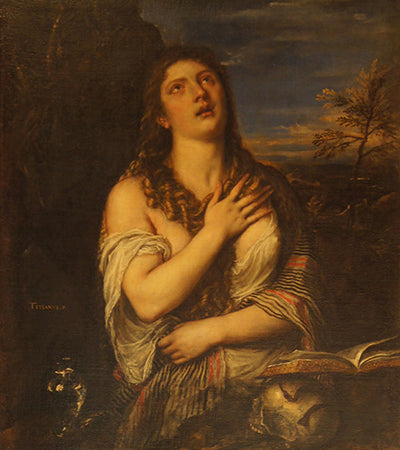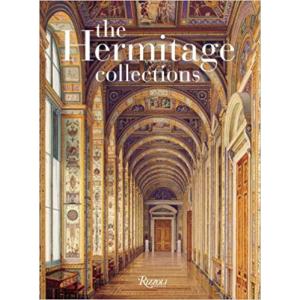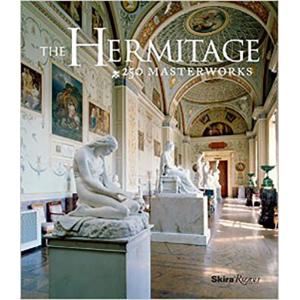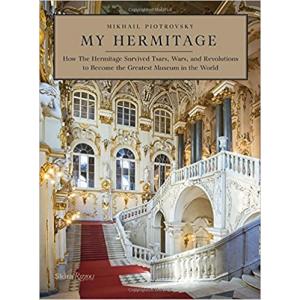Catherine the Great's Art Collection
In 2014, the Hermitage State Museum added 800 new rooms comprised of, surprisingly, Western art. This new expansion has made the Hermitage the largest museum in the world and their collection of Western European art, regarded as one of the finest in the world, comprises the largest majority of paintings and sculptures on display. In comparison, the collection of Russian and other Eastern art is comprisesd of ancient icons, artifacts and applied art. Both Peter the Great and Catherine the Great acquired Western art not for its beauty or technical skill, but for the content of the message being conveyed. Art was a means of communication to them, a way to reach out to the West and a way to speak to those at home.
Besides containing vast quantities of irreplaceable artwork the Hermitage Museum is also a nucleus for the art world. The Hermitage produces books, invites art experts from around the world to lecture, and operates an art school for children and a virtual school for adults. In 2014, the Hermitage hosted the world’s largest European art fair – Manifesta 10. On March 11, 2014, in response to calls for a boycott because of Russia's annexation of Crimea, The Foundation Manifesta stated that it remained committed to continuing with the biennial in St. Petersburg. “We were invited by the State Hermitage Museum to investigate the notion of contemporary art and culture in a contested society, and we think it is necessary to continue to do so under the current circumstances,” stated Hedwig Fijen , Founding Director of Manifest. “We are committed because we believe the Biennial acts as a catalyst for local and international artistic life, and activates those circles whose desire is to participate in an ongoing discursive platform for international cultural exchange. We believe cancelling the project plays directly into the current escalation of the ‘cold war’ rhetoric and fails to acknowledge the complexity of these geo-politics. St. Petersburg has historically bridged the gap between East and West Europe for more than 300 years and through the spirit of the European enlightenment movement in the 18th Century.” I commend Mr. Fijen for his courage to keep the doors open to artistic exchange. Isn't this not our role as artists and lovers of art? Perhaps I am jaded, having spent the first twenty years of my career in public relations and marketing. I can so easily see the gears that were turning in Stalin’s head when he forced artists of his day to produce nothing but art focused on happy Soviet life. I see how important it is to recognize our responsibility for what we create, whether it's art or just a thought in our head.

The Beginning of a “Great” Collection
By the end of the eighteenth century the Hermitage was already one of Europe’s finest museums. Catherine the Great (1729-1796) had acquired not only a wide variety of classical works, but also paintings by contemporary western artists. Catherine defined the trends in collecting, which set high standards that have been impossible to ignore ever since. In addition, her interest in the Enlightenment Movement in the 18th century bridged the gap between Eastern and Western Europe. Though Catherine’s relationship with the great philosopher Voltaire began as a publicity move, the two quickly became close friends. Catherine knew her letters to Voltaire were actually a message sent directly to the intelligentsia living in Europe.
Catherine began building her collection just one year after she reached the throne. Catherine saw herself foremost as an intellectual, so she judged the paintings she purchased not for their visual beauty or artistic technique, but for their intellectual and narrative content. Her first sizable purchase was in 1773, when she purchased a collection of 225 paintings from an art dealer in Berlin. The collection was originally destined for King Frederick II of Prussia. Among the 225 paintings, there were only five masterpieces – three Rembrandts, a Franz Hals and a Rubens. In 1769 Catherine scooped up the famous Dresden collection belonging to the late Count Heinrich von Brühl. The collection included four Rembrandts, a Caravaggio and five works by Rubens. In 1771 Catherine purchased the famous collection of Pierre Crozat, which included eight Rembrandts, four by Veronese, twelve by Rubens, seven by Van Dyck and several by Raphael, Titian and Tintoretto.
Perhaps Catherine’s greatest conquest was England’s famed Walpole Collection. In 1778 the empress received news that the spendthrift grandson and heir of Sir Robert Walpole wanted to sell the family’s entire collection. The collection represented the finest and most famous private art collection in England, among the finest in the world. Sir Robert Walpole had dedicated nearly forty years of his life to building a collection of almost two hundred paintings, which included Rembrandt’s Abraham’s Sacrifice of Isaac, fifteen works by Van Dyck and thirteen by Rubens. The Walpole Collection confirmed Catherine’s reputation as Europe’s foremost collector of art. During her reign her collection grew to almost four thousand paintings, making her the greatest collector and patron of art in the history of Europe.

Crozat Collection – Acquired 1772





Walpole Collection


Other Collections Acquired by Catherine the Great







About the Author
Cathy Locke is an award-winning fine art painter, professor and published writer. She specializes in Russian art of the 19th and 20th centuries and is the editor of Musings-on-art.org.
Cathy Locke’s artwork – www.cathylocke.com





